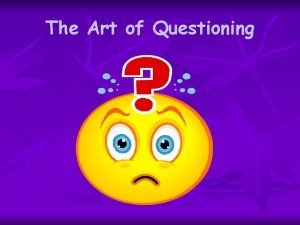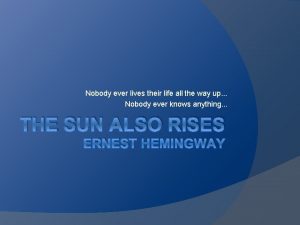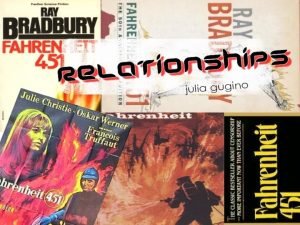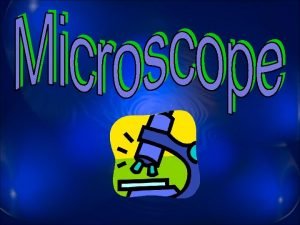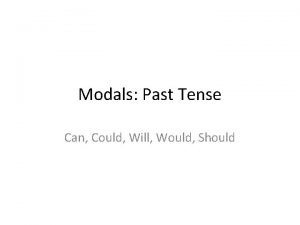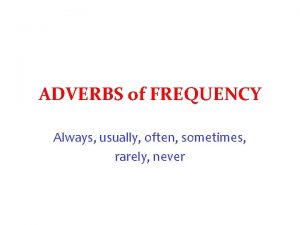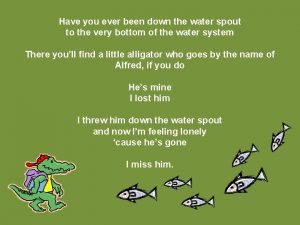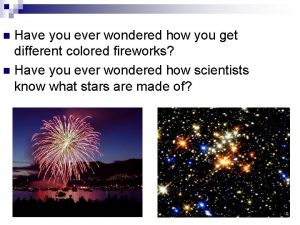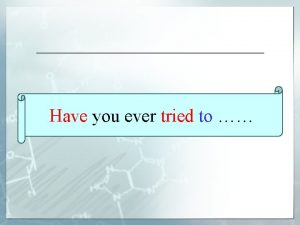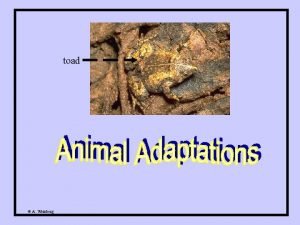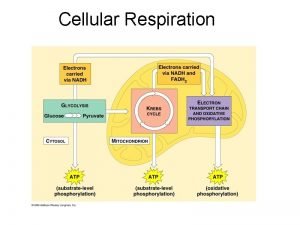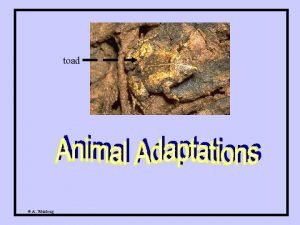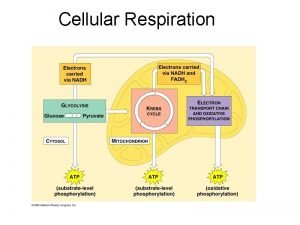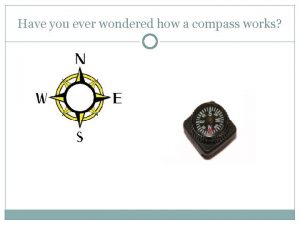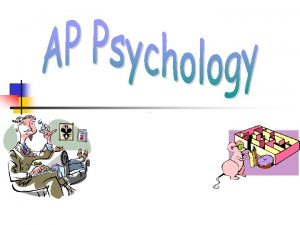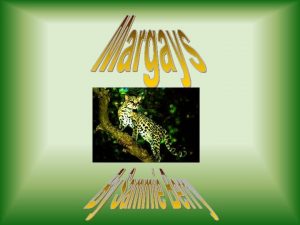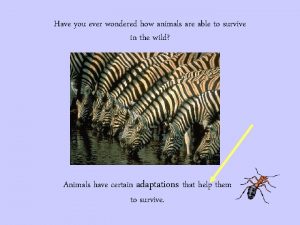Have you ever wondered How often you could





















- Slides: 21

Have you ever wondered…. How often you could split a grain of sand into smaller pieces? What the universe is made of? Purdue Physics Funfest 2007 - Kirk Arndt If it is possible to travel backwards in time? 1

With really powerful microscopes it is possible to see atoms directly Purdue Physics Funfest 2007 - Kirk Arndt 2

What is the universe made of? Atoms mountain galaxy The matter in the universe is made up of nearly 100 types of atom (periodic table). The atoms are made of the elementary particles Purdue Physics Funfest 2007 - Kirk Arndt 3

The constituents of matter Click here to view animation Purdue Physics Funfest 2007 - Kirk Arndt 4

Atoms are tiny - elementary particles inside atoms are even smaller All of the matter in this room is made of up & down quarks (inside protons and neutrons), electrons and neutrinos. These particles are stable. Other much heavier elementary particles exist. They live for fractions of a second and then disintegrate into stable particles. Purdue Physics Funfest 2007 - Kirk Arndt 5

The Four Forces Elementary particles bind together on all scales from the quarks, through nuclei, atoms, molecules, gases, liquids, solids to planets, stars and galaxies. They do this through four forces Lets quarks change identity Purdue Physics Funfest 2007 - Kirk Arndt 6

The Standard Model l The theories and discoveries of thousands of physicists over the past 100 years have created the Standard Model of Particles and Forces. l The Standard Model has been well tested in particle physics experiments. It includes within it all of electricity & magnetism and hence electronic engineering, chemistry, the physics of solids/liquids/gases, nanoscale physics, biophysics, nuclear physics, astrophysics. Purdue Physics Funfest 2007 - Kirk Arndt + antiparticles for each quark and lepton (anti-matter) 7

All of the elementary particles in the standard model existed for a few instants after the Big Bang. Since then, only the enormous concentrations of energy that can be reached in an accelerator can recreate them. Studying particle collisions is like looking back in time, recreating the environment that existed at the birth of the Universe. Purdue Physics Funfest 2007 - Kirk Arndt 8

Complete History of the Universe (abridged) Energy density Particle Physics goal Particle Physics is here in 2007 Purdue Physics Funfest 2007 - Kirk Arndt 9

Atom smashers: Particle Accelerator Purdue Physics Funfest 2007 - Kirk Arndt 10

In the LHC, protons are accelerated to 7, 000, 000 volts Purdue Physics Funfest 2007 - Kirk Arndt 11

Large Hadron Collider (LHC): 27 km (18 mile circumference, 100 m underground) Purdue Physics Funfest 2007 - Kirk Arndt 12

Recipe for making every type of elementary particle Energy of the beams Purdue Physics Funfest 2007 - Kirk Arndt new particles of the primordial soup 13

How do we see the collisions? The Eyes of a Insect: 1 billion collisions/second 1, 000 particles every 25 nanoseconds We need highly granular detectors that take pictures quickly, and manipulate the resulting data onboard and store it before shipping to a farm of computers Purdue Physics Funfest 2007 - Kirk Arndt 14

The Eyes of a Piece of Silicon: The length of each side of the square is about the thickness of a piece of paper. Each eye is called a pixel Purdue Physics Funfest 2007 - Kirk Arndt 15

A Silicon camera we built at Purdue in 1999 We are building a more advanced version of this detector for the LHC Purdue Physics Funfest 2007 - Kirk Arndt 16

CMS at LHC 36 Nations 159 Institutions 1940 scientists Purdue Physics Funfest 2007 - Kirk Arndt 16 m 21 m 17

Transverse slice through CMS detector Click on a particle type to visualise that particle in CMS Purdue Physics Funfest 2007 - Kirk Arndt 18

Discovery of the Higgs or SUSY or. . . in 2008? Purdue Physics Funfest 2007 - Kirk Arndt 19

CERN in 2 Minutes Click on the picture below to start the Real. Player movie Purdue Physics Funfest 2007 - Kirk Arndt 20

Summary The CMS experiment is under construction and will begin taking data in 2008 We are poised to answer some of the great questions of the 21 st Century Our notion of space and time may be radically altered We may understand how the universe was born and how it will end None of this would be possible without crucial help from computer scientists, electronic & mechanical engineers, many other types of physicists, hi-tech industries, and the tax payers of the world See http: //cmsinfo. cern. ch/outreach Purdue Physics Funfest 2007 - Kirk Arndt 21
 Have you ever wondered
Have you ever wondered Have you ever wondered questions and answers
Have you ever wondered questions and answers Have you ever wondered why some people
Have you ever wondered why some people For many years people have wondered
For many years people have wondered Ever ancient ever new
Ever ancient ever new Ever ancient ever new
Ever ancient ever new Have you ever looked
Have you ever looked Ever tried ever failed no matter
Ever tried ever failed no matter If i had 3 wishes they would be
If i had 3 wishes they would be Modal verb suggestion
Modal verb suggestion Can could past participle
Can could past participle Always, usually, often sometimes never
Always, usually, often sometimes never Always usually often sometimes
Always usually often sometimes Let us experience the glory of your goodness
Let us experience the glory of your goodness There was a naughty boy poem summary in english
There was a naughty boy poem summary in english Have you ever done something dangerous
Have you ever done something dangerous Warehouse inventory shrinkage statistics
Warehouse inventory shrinkage statistics Have you ever read a book
Have you ever read a book Have you ever experienced culture shock?
Have you ever experienced culture shock? Have you ever climbed a mountain?
Have you ever climbed a mountain? Chipper chopper joe
Chipper chopper joe Have you ever ridden a camel?
Have you ever ridden a camel?

